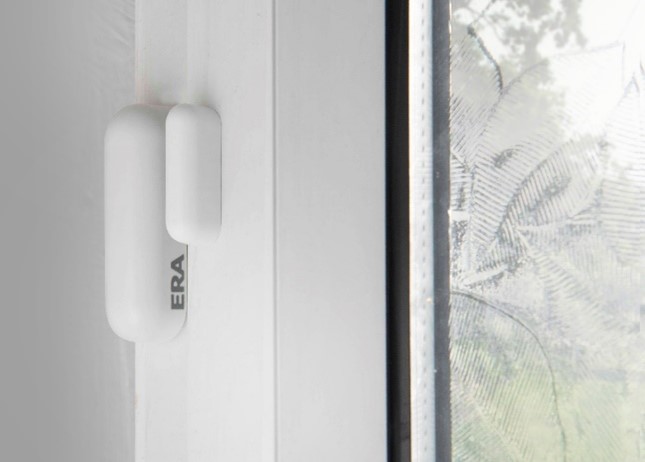Keep windows locked. Remove the keys and keep them out of sight in an accessible place in case of emergency.
Most burglars will attempt to break in through the quickest, easiest, least visible and noisy route - usually a ground floor rear window. Other at-risk windows are those upstairs with access from a flat roof or drainpipe. Fit all windows with locks that use keys and make sure these are used.
WINDOW LOCKS

You can fit inexpensive window locks to your windows. If you fit window locks yourself, ensure you do so correctly and in a position where they will have the most effect (refer to the manufacturer fitting instructions).
For PVCu windows, there are a variety of locks available. If you're unsure, these should be fitted by a specialist installer or a member of the Master Locksmiths Association. Although adding something simple, like a Sash Jammer or SnapLock, will prevent someone from opening the window wide enough to climb through.
Even small windows such as skylights and bathroom fanlights need locks. A thief can get through any gap that is larger than a human head. Remember that there is a chance that a burglar with the right tools may try to break through, but fitting a good quality window lock correctly will force the burglar to take more time and make more noise.
Our partner, LockLatch, provides locks that enable you to leave your window open, but locked. The LockLatch, PetLatch and Mini-Latch versatile devices come with lifetime guarantees. They are available to Neighbourhood Watch members at a 15% discount, with a further 15% fundraising donation to Neighbourhood Watch Network to help us make neighbourhoods across England and Wales safer. Visit LockLatch to use the discount code 'NWNLock' to claim your discount.
For any new windows, do your research and make sure that they are made to meet British Security Standard PAS 24. A window at this standard will have been put through stringent testing to ensure that the locks, materials, glass etc. withstand the designated 'simulated' burglar attack.
FURTHER ADVICE ON SECURING WINDOWS
Remember to close windows when you are not in the room. It only takes a burglar a few minutes to break in and steal something. Even for a quick trip upstairs, closing the windows may just prevent a burglary stealing items, such as laptops, through your window.
Do you have scaffolding outside? If so, remember to close all the windows which can be easily accessed from the framing.
ANTI-CLIMB DETERRENTS
To protect access through upstairs windows, consider anti-climb deterrents, such as anti-climb paint, to stop easy entry. Under the Occupiers' Liability Act 1984, you must put signs up warning that anti-climb paint has been used there. These signs in themselves should help to act as a deterrent.
WINDOW GLASS
Many forced entries involve breaking the glass. Fitting laminated glass to windows makes them difficult to break, and it takes longer to make a hole. Glass panels around doors are especially vulnerable, so it's worth replacing these with laminated glass if possible. Be mindful of where locks are placed close to the vulnerable glass, as some burglars may break the glass to access the lock. Do not make the mistake of opting for toughened glass - this is for safety which should not be confused with security.
WINDOW ALARMS
Hardware security adds an extra layer of protection to the main entry points of your home, making it more difficult to break in. However, if a lock gets snapped, there's nothing to stop a burglar from making their way in. As a result, it is worth combining conventional home security equipment with smartware security for maximum protection. Smart alarms, like sirens and motion sensors, not only visually deter burglars, but also alert you immediately when the point of entry has been broken, so you can take appropriate action right away.
One of the most affordable alarm accessories are window sensors, which form the basis of smart home security. These devices are easily installed on window frames and come in two parts - one part containing a sensor and the other part containing a magnetic component.
Once the point of entry and connection between the two parts is broken, the window alarm triggers the alert. It is good practice to place at least one sensor on each entry point, including on doors. The window sensor can be a great start to build your bespoke smart alarm system or an addition to your existing one.

GARAGE AND SHED WINDOWS
Secure garage and shed windows with locks, especially if a door leads to inside the house. Windows can be covered with heavy wire mesh or even external ply boards – though you should always think about how you would get out in an emergency. At the very least, hang net curtains or fix a window film to prevent casual viewing of the contents.
